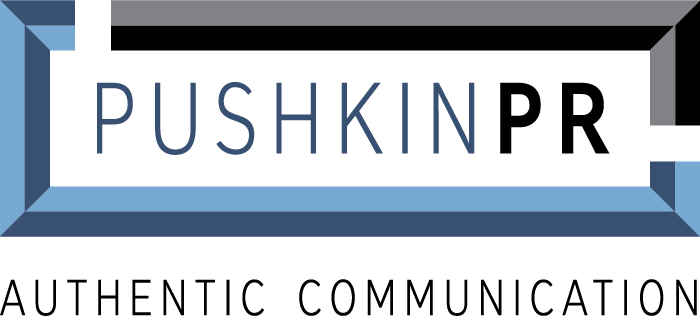
There are now more Millenials (people born between 1982 and 2004) than Baby Boomers. They have a combined buying power of 1.3 trillion annually and spend an average of 25 hours online each week.
When it comes to healthcare public relations, how do you reach and appeal to this target market? Here are some things to consider.
They define health differently.
For this demographic, health is less about avoiding illness or acheviing the ideal weight to height ratio and more about overall wellness—both physical and mental. It’s important to them to maintain a healthy lifestyle through diet, exercise and self-improvement. They readily use apps to track their health goals, get information, and overcome issues, like stress, social anxiety, and insomnia.

They rely heavily on the internet to make decisions.
These folks grew up searching for information online. In other industries, they have the ability to compare prices, read reviews and receive recommendations from trusted sources, and they expect the same transparency when it comes to healthcare.
They spend more time online.
The average millennial looks at his or her phone 109 times a day. In the US, more than 85 percent have a smartphone. Ninety percent are on Facebook, with nearly half logging in daily. They tweet, snap, text, and share and view videos on Instagram, Snapchat and YouTube. Effective healthcare public relations requires that you communicate with them where they are, and that is by an large online—or more specifically—on their smartphones.
They value efficiency and convenience.
Growing up with technology, millennials have come to expect certain things to be easy and are frustrated when they are not seamless. They want to be able to schedule appointments online, find information about products and services, get real-time support, and access an organization’s website from whatever device they are using.
HOW HEALTHCARE COMMUNICATORS CAN USE THIS INFORMATION
- Appeal to what they value—wellness, happiness, passion, discovery, sharing.
- When you communicate with them, make them feel informed and involved.
- Create communities where they can receive real-time support and feedback.
- Provide convenient access to resources and personalized information.
- Make your consumer experience continuous across mediums and ensure processes–reviewing and paying bills, scheduling appointments, asking health questions–are as seamless as possible.
- Share information from a variety of digital sources, blogs, e-newsletters, video, social.
